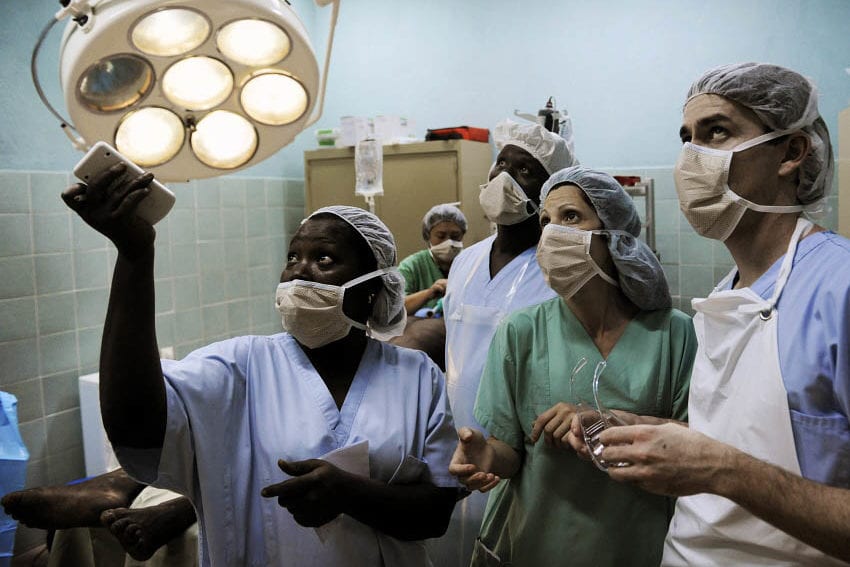By: Joshua Howgego
Send to a friend
The details you provide on this page will not be used to send unsolicited email, and will not be sold to a 3rd party. See privacy policy.
Last month, a SciDev.Net story reported that Latin American scientists were building their own instruments — repurposing old record players and kitchen blenders as solution agitators and centrifuges. Yet more sophisticated kit is presumably harder to make. For example, a survey in the article showed that 69 per cent of respondents needed a microscope.
I spoke to Robert Malkin, an expert in healthcare technology in the developing world from Duke University, United States, and asked him about the private sector's role in providing these instruments. Our conversation focused on his area of expertise: hospital equipment.
Although nearly all clinical equipment is manufactured by multinational corporations, there are several barriers that can hamper its uptake in the developing world, says Malkin. [1]
Cost is often an issue, but so too are access to resources such as the water and reagents the instruments require, and the availability of well-schooled technical staff to maintain machines.
Yet Malkin says one private sector initiative may have a future as a way of providing instruments to developing world hospitals.
In this scheme hospitals can get instruments on loan from their manufacturers instead of having to buy them outright or settle for donated equipment. In return, the hospital agrees to buy all the required reagents the machine needs from the same supplier.
"An analogy would be the water cooler in my office," says Malkin. "The cooler company lends us the cooler and we agree to buy our water bottles from them. They remain the owners and fix the cooler if it breaks."
“The great thing about the loan model is that the equipment is nearly all working and being used.”
Robert Malkin, Duke University
But schemes like this are rare. In a study due to be presented next month at the Second WHO Global Forum on Medical Devices, Malkin looked at 4,000 pieces of clinical equipment, including mass spectrometers and chromatography instruments which are used in hospitals across the developing world for analysing blood. He found that just 81 of these (about two per cent) were supplied under a loan scheme.
I asked Malkin if he thinks manufacturers should provide more of their products to the developing world in this way. Is it a better model than ownership or donation?
"That's the question we're wrestling with at the moment," he says. "If you're asking: 'Which model gives people the best access to working equipment,' there's pretty much no question that the data supports the loan technique."
According to Malkin this is because cost isn't always the factor which limits developing world hospitals' access to instruments. Studies by Engineering World Health, a non-profit that he co-founded, show that even when hospitals buy or are given instruments, often they aren't in operation for long because there are few skilled technicians to keep them working. [1]
"But the great thing about this loan model is that the equipment is nearly all working and being used," he says. It's kept in good working order by the manufacturers because if the machines aren't in operation, they can't sell reagents.
Bought or donated instruments are much less well-used, says Malkin. "Of that other equipment, maybe 40 per cent is just lying around in corridors, festering".
Joshua Howgego is SciDev.Net's deputy news and opinions editor.
References
[1] Annual Review of Biomedical Engineering doi: 10.1146/annurev.bioeng.9.060906.151913 (2007)














